I saw Michelangelo Antonioni’s Blow Up the other day for the umpteenth time and while it is a film that when I first saw it I did get excited about being a photographer, it didn’t actually influence my photography (I’ve never wanted to be a fashion photographer). Seeing it again though got me thinking about films that I’ve seen over the years who’s look and feel have influenced my photography.
I was also inspired by this recent 35MMC post on “1950s Motion Picture Aesthetics” that talked about film-derived photographic inspiration and influences. And I’ve already written about my other conscious and unconscious influences here.
The two movies that immediately came to mind when I started thinking about my filmic influences were Alphaville by Jean-Luc Godard (1965), and La Jetee by Chris Marker (1962). There are others, but these are the ones that have most impacted how my photographs look.
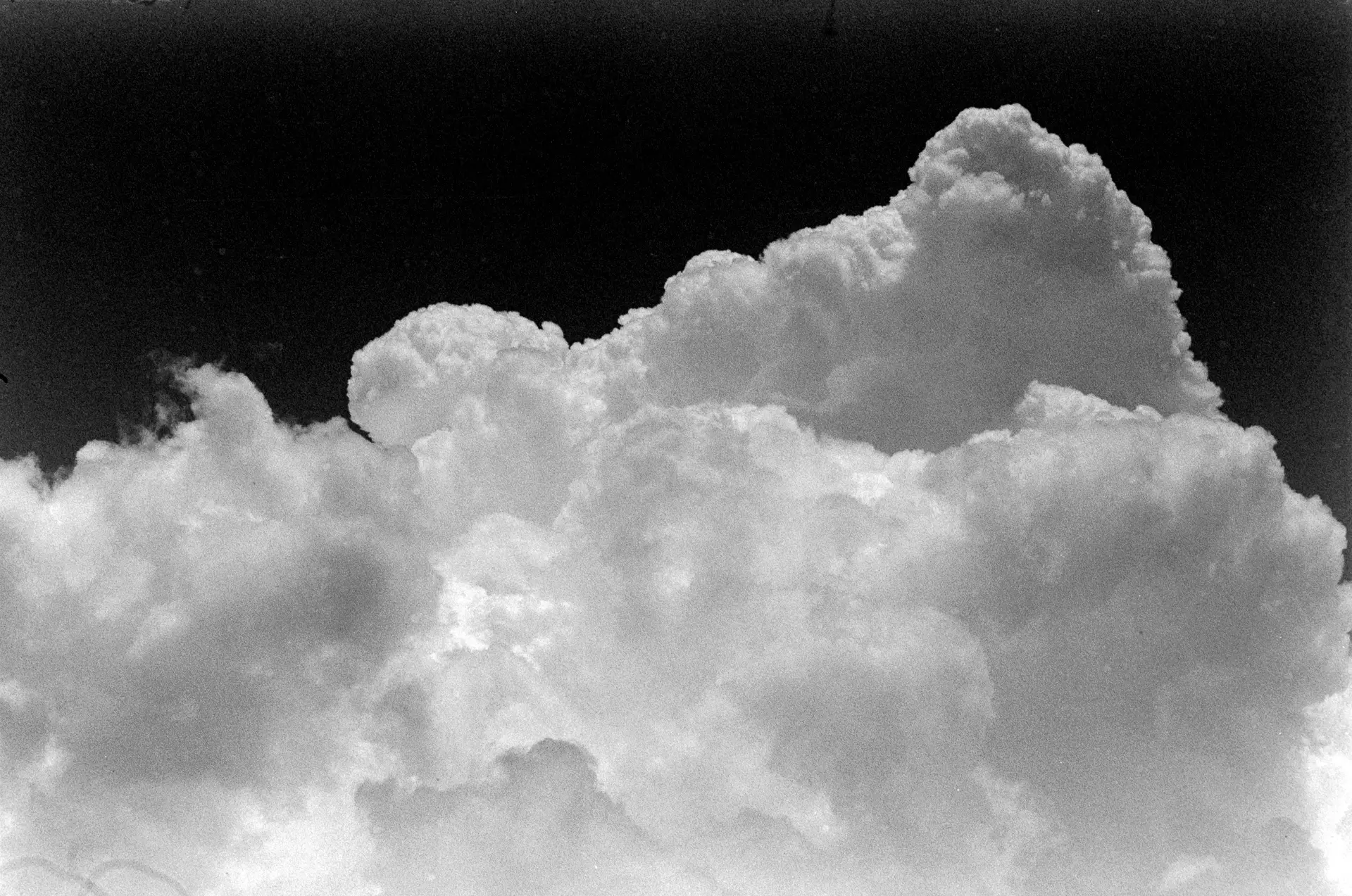
Alphaville
I could have cited other (several in fact) Godard films as influences (A Bout de Souffle for example) but Alphaville, shot in high-contrast monochrome, really sticks out. It’s not just the visual imagery, but also about how the frames actually look.
A lot of the movie is shot at night and the whole thing is quite rough. As with a lot of Godard movies of this period, there are no sets or sound stages… it’s all shot live on the streets of Paris despite the story being sci-fi and intergalactic in nature. The scenes are filmed in what was considered modern and futuristic in Paris in 1965.
Godard instructed his cinematographer, Raoul Coutard, to (a) only shoot with available light and (b) use a new, fast, Ilford stock (HPS) that was not mainstream for use in movie-making. Despite push processing, many parts of the shoot had to be redone as the reels came back just plain black. The norm back then was to use lots of lights when shooting night scenes in monochrome – not what Godard wanted. And the resulting high contrast images – what we sort of take for granted with our modern day fast stocks – were hard-won shooting with available light at night back in 1965. Relying on available light was a key factor in driving mood and atmos in the movie. Despite this, there were apparently 2,000m of ‘unusable’ footage but the costs and impracticality of reshooting meant that some of it had to be used (and it shows).
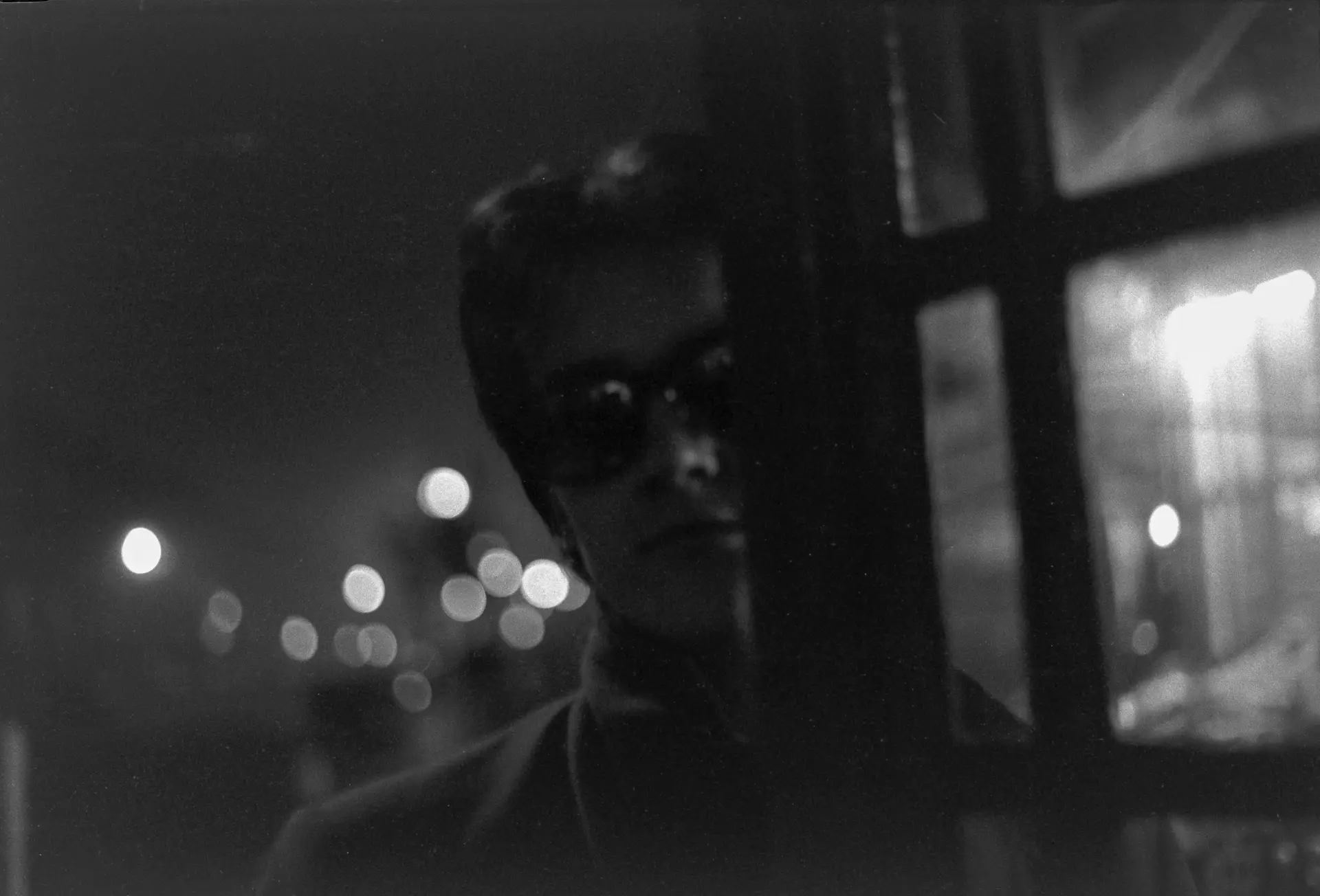
The central character, Lemmy Caution, played by Eddie Constantine, is a government agent sent across time and space to Alphaville, a mysterious technological supercity. Part of his role involves taking photographs with his Agfa Iso Rapid IF point-and-shoot that was launched in the same year as the film.
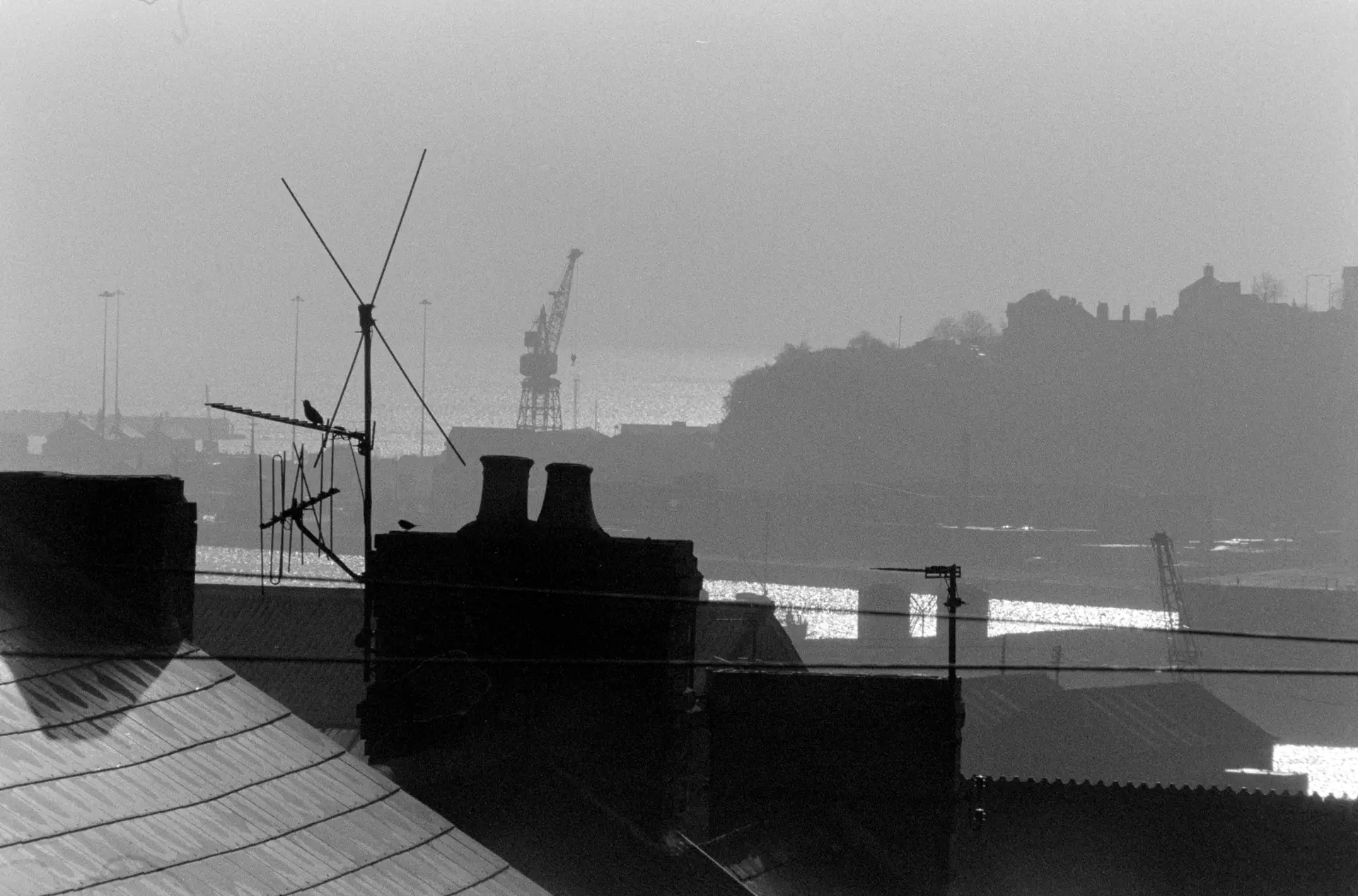
The visuals are all about contrast and the extremes of light and dark, and looking back at it now it still looks modern, sumptuous and rich. The impact on me was quite liberating. It helped me to shoot more and worry less about the results; and relish taking photographs of the ordinary and mundane. I also started to experiment more in the darkroom with harder, higher contrast papers to convey mood and atmosphere.
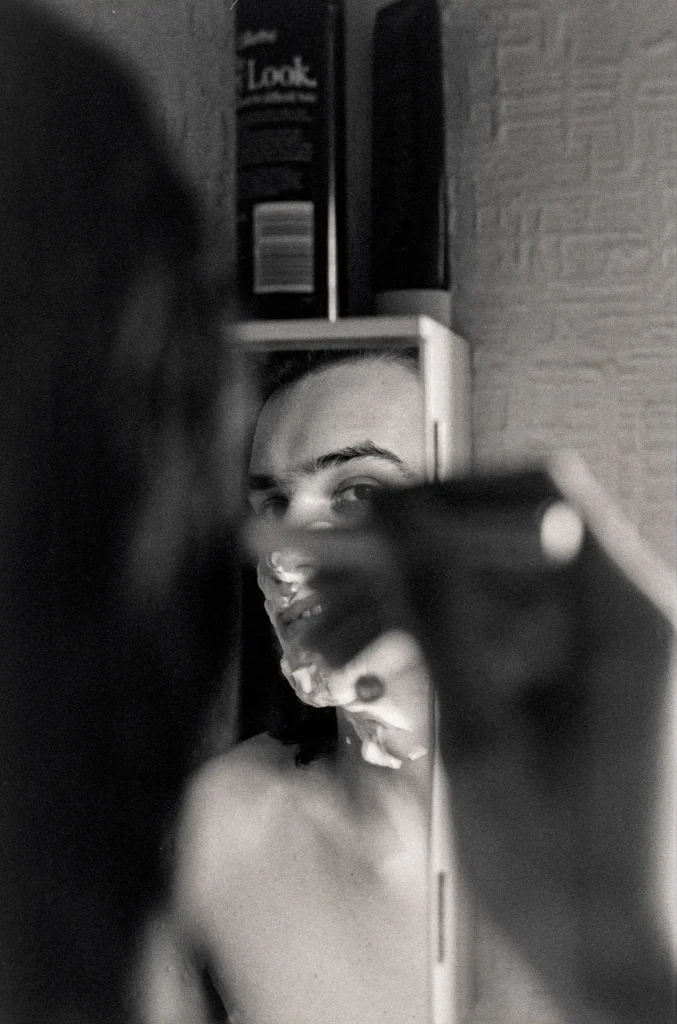
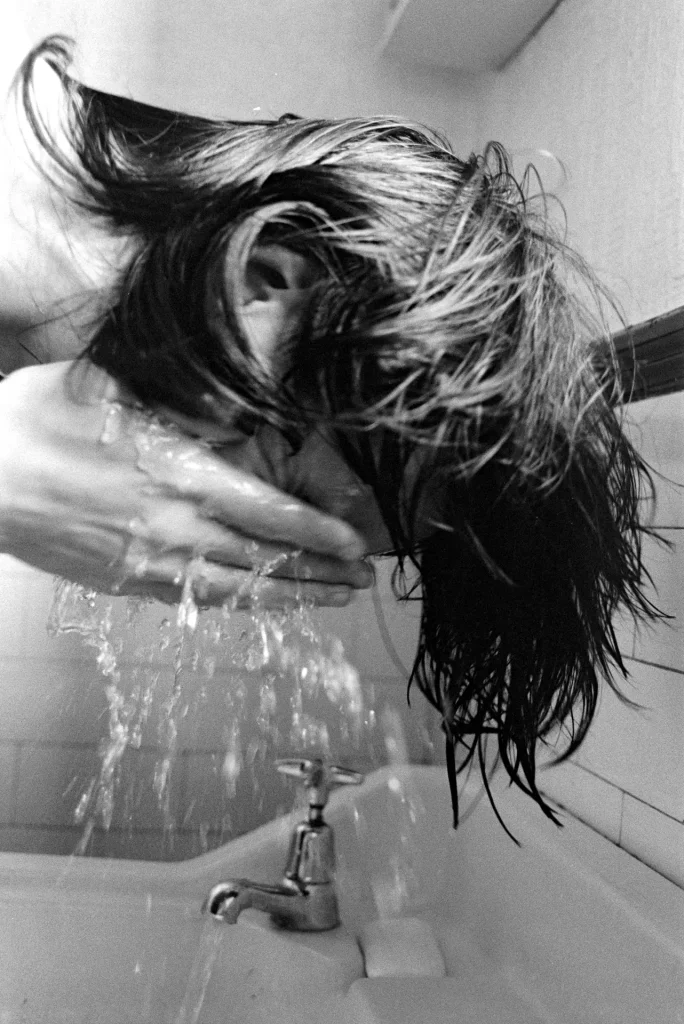
La Jetee
Have you ever tried to tell a story with a series of your photographs? As in, with lots of them, to deliver a narrative of some sort? Maybe in a photobook. Did you find it difficult? Imagine creating a 28 minute movie from still images. That’s what La Jeteee is – a movie created by Chris Marker using just still images; a voice-over narrative; and a score (I don’t think it’s a spoiler to share that it does actually have a tiny ‘moving image’ sequence). I’ve seen it a million times and it still inspires and engages.
In the opening credits thew film is billed as a “photo-roman” and that tells you, essentially, that it’s a photobook. In essence, it’s a time-travel story that plays with notions of time itself. Each still is a scene and a frozen moment of time – that’s the nature of photography of course, and one of the reasons for the use of stills in the film. In the film though, the frozen moments transport us forwards and backwards in time, and as such, it’s largely a film about memory. If this sounds a bit confusing, watch the film!
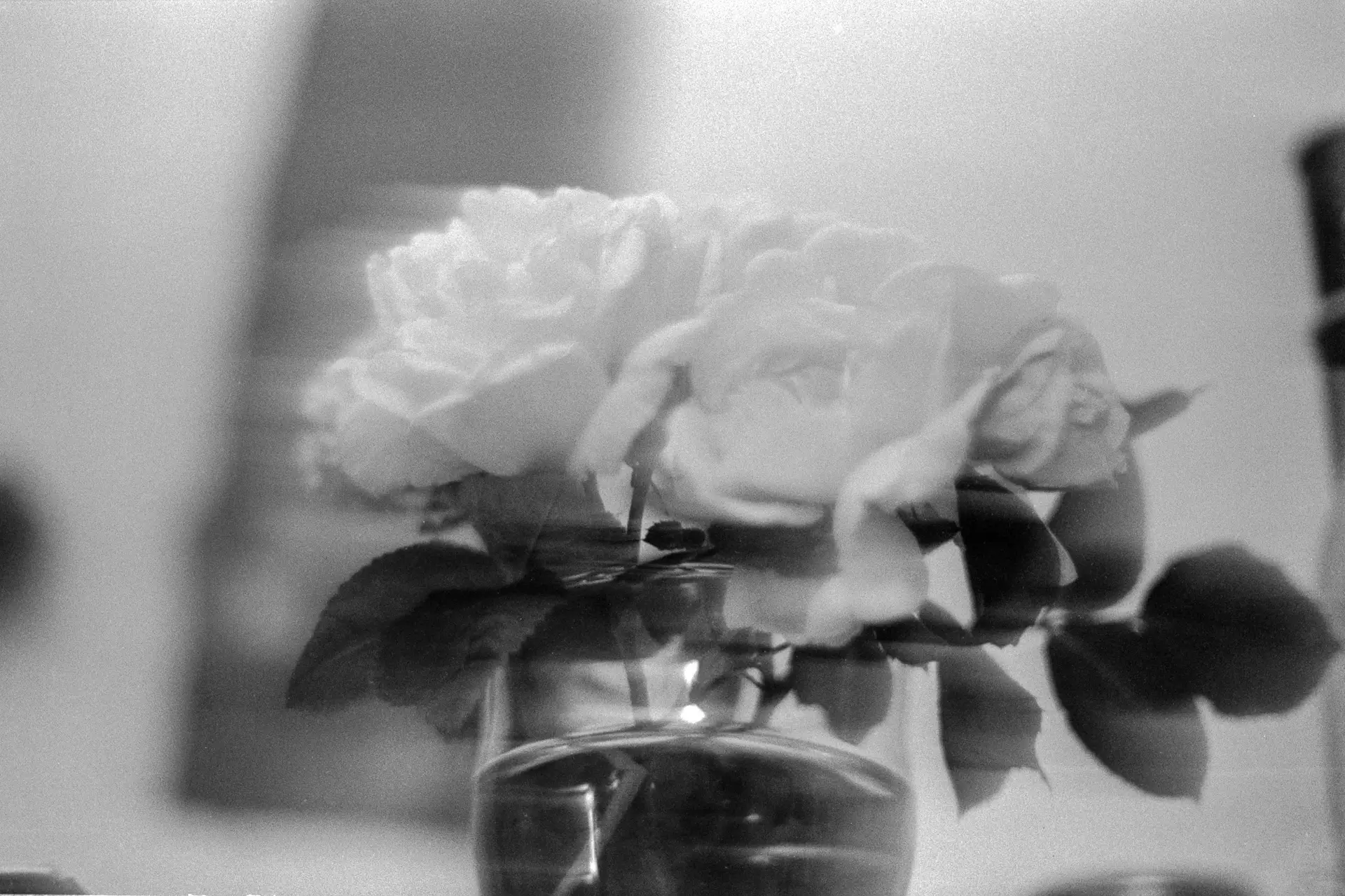
Incidentally, the photographs used in the film were taken on a prototype Pentax Spotmatic (not launched until 1964, two years later) imported from Hong Kong by Marker’s sound engineer and collaborator, Antoine Bonfanti.
The drama and the characters in La Jetee could be transposed to the hidden, flirtatious lovers in Blow Up. They have that terrified “we’re in this together, we’ve been discovered, we’re fucked… but we’re in love” look about them. So sad.
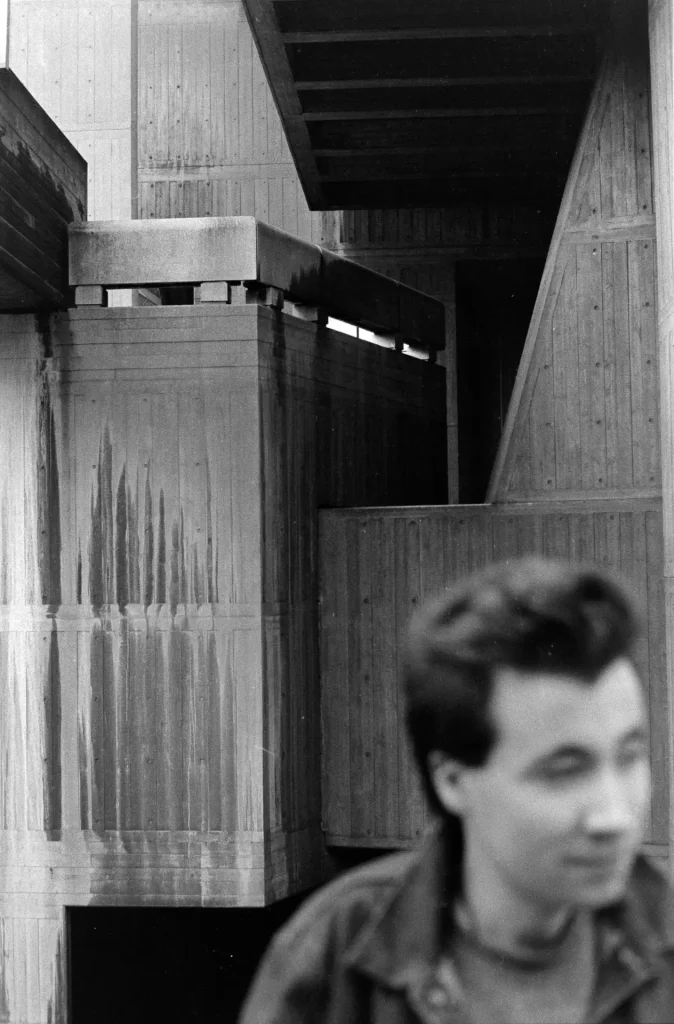
Again, high contrast, high grain monochrome. Close ups. A strong Xeroxed-image feel. Dirty. Grubby. Third World War despair and survival. Food, medicine and energy only available through time travel. Bewilderment of the future. I loved it and wanted my photography to reflect these ideas and thoughts.
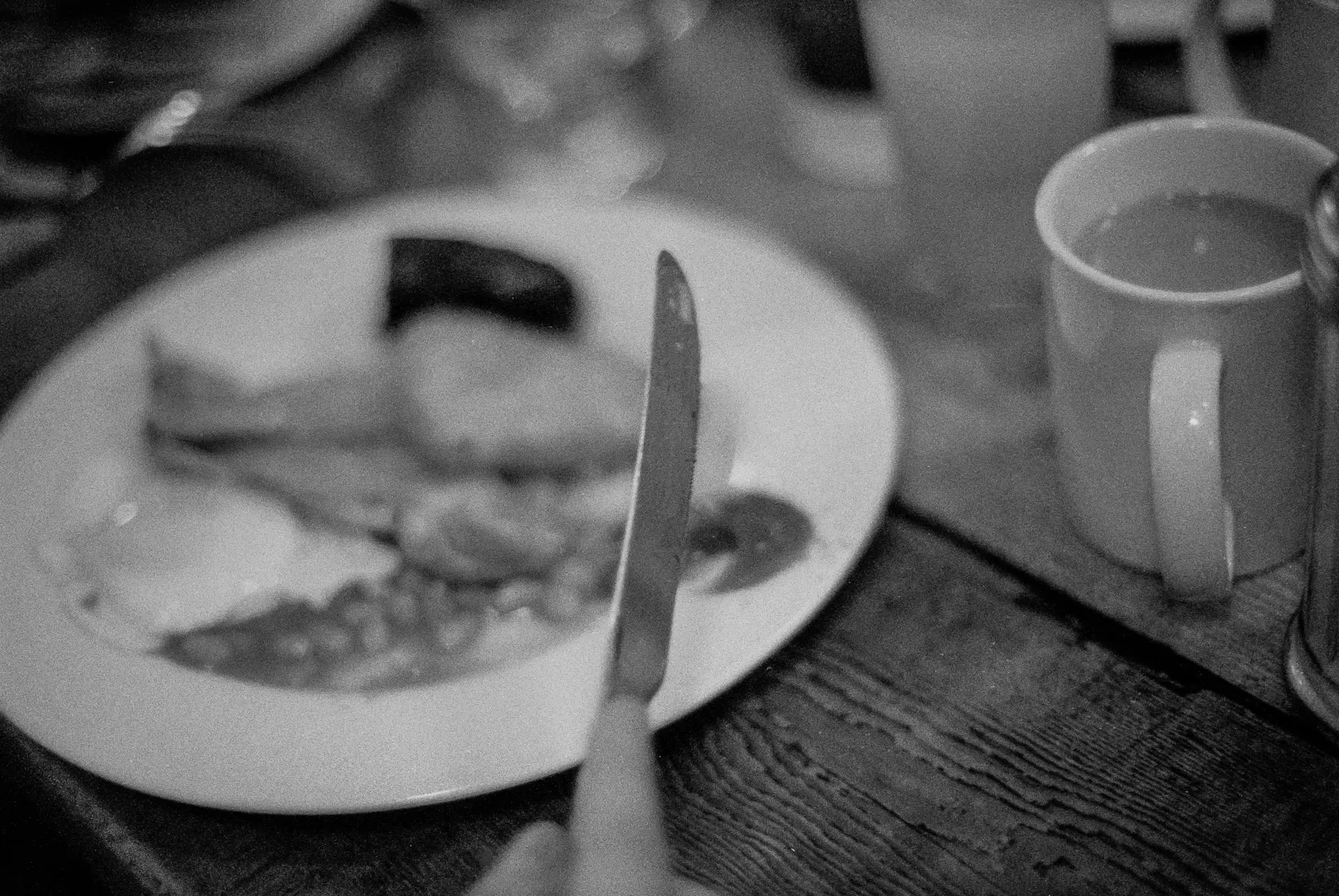
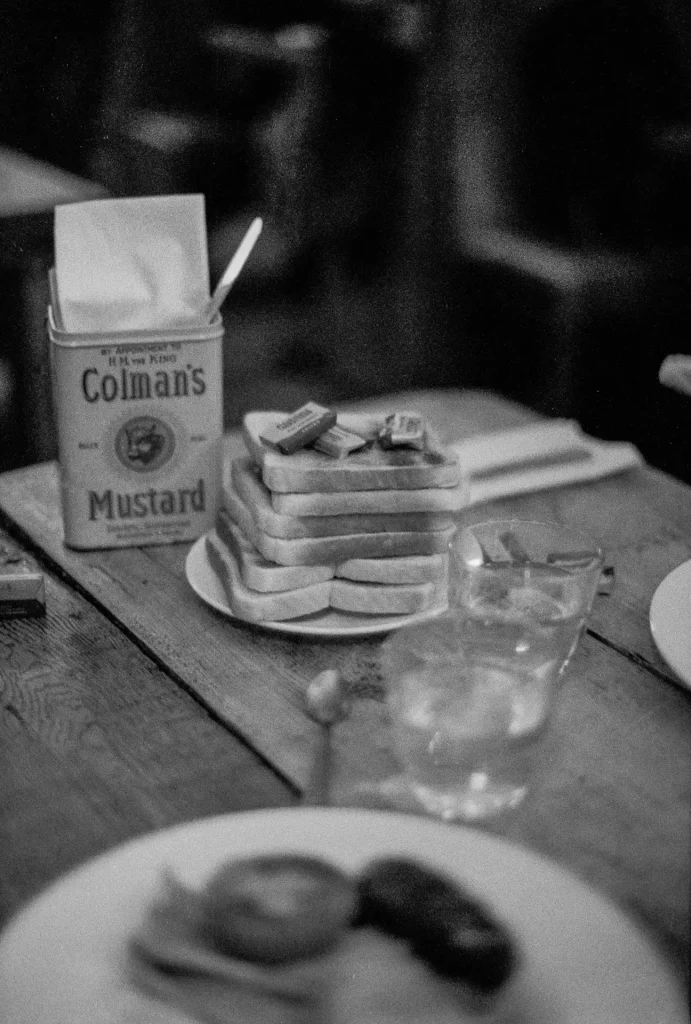
Other movie influences
Another movie influence is Radio On (1979). I loved the atmosphere and locations of this black and white Chris Petit film so much that on a trip to Bristol, I sought out the Grosvenor Hotel and nearby flyover location that featured in it.
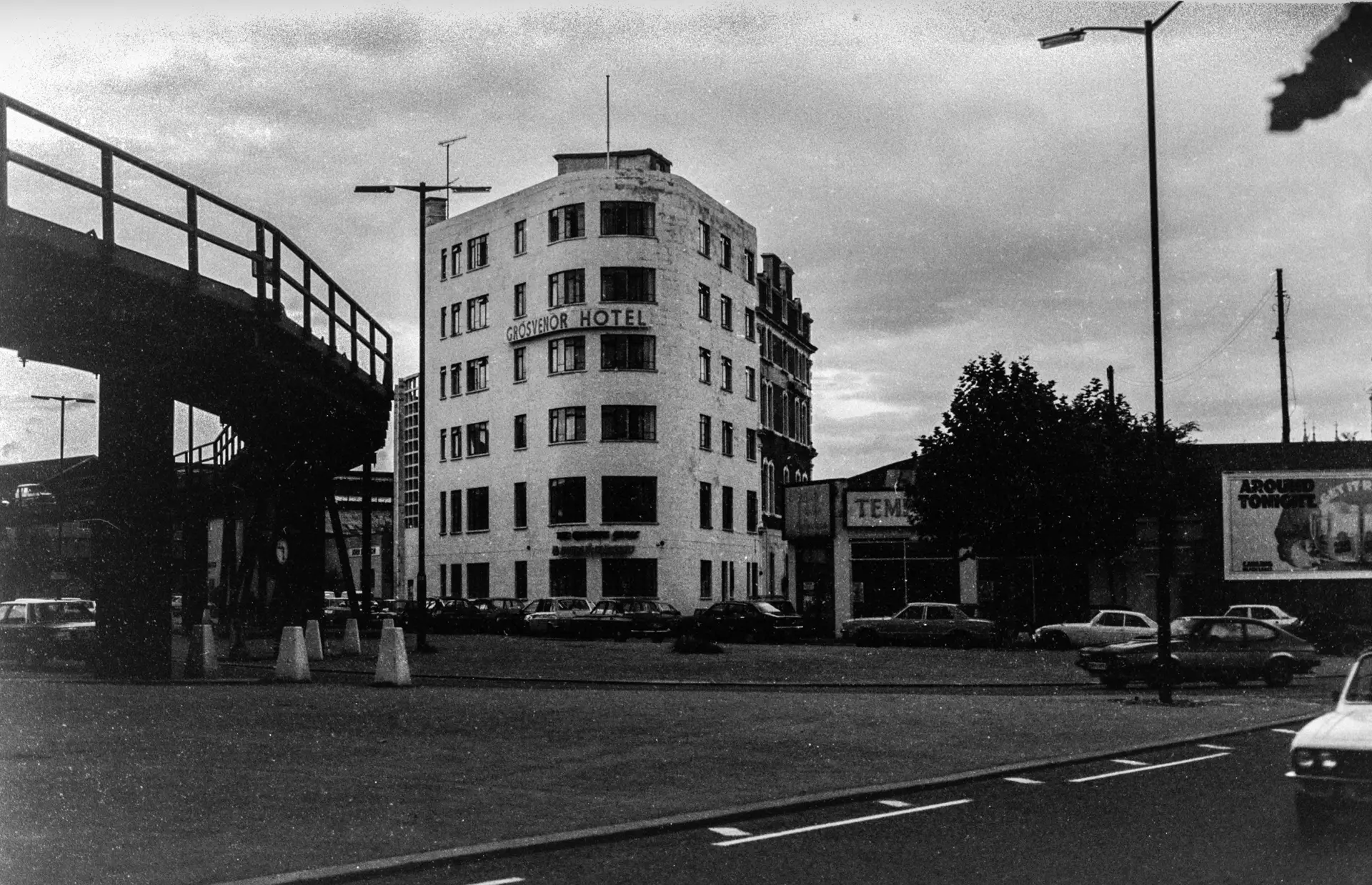
I could also cite Alice in the Cities (Wim Wenders, 1974), Man with a Movie Camera (Dziga Vertov, 1929), Hiroshima Mon Amour (Alan Resnais, 1959)… all black and white films that I often think about when I think about my work. And they are all films, along with the ones above, that I often revisit to recharge my creative batteries.
If you shoot black and white I urge you to see one or more of these films and see if you too are touched and influenced by them in some shape or form.
I’m on Instagram here, and my website can be found here.
Share this post:








Comments
Terry B on The Influence of Movies on my Work – By Nik Stanbridge
Comment posted: 22/12/2021
If you are not familiar with it, may I recommend Jean-Pierre Melville's "Le Doulos", shot in glorious B/W, and with a gritty storyline.
Comment posted: 22/12/2021
Bill Brown on The Influence of Movies on my Work – By Nik Stanbridge
Comment posted: 22/12/2021
Comment posted: 22/12/2021
Stephen Meese on The Influence of Movies on my Work – By Nik Stanbridge
Comment posted: 22/12/2021
Comment posted: 22/12/2021
ser on The Influence of Movies on my Work – By Nik Stanbridge
Comment posted: 22/12/2021
Comment posted: 22/12/2021
Tom Freda on The Influence of Movies on my Work – By Nik Stanbridge
Comment posted: 23/12/2021
But there’s a typo. The filmaker’s name is Antonioni not Antonio.
Comment posted: 23/12/2021
Gary on The Influence of Movies on my Work – By Nik Stanbridge
Comment posted: 23/12/2021
Comment posted: 23/12/2021
Ian Do Carmo on The Influence of Movies on my Work – By Nik Stanbridge
Comment posted: 26/12/2021
Comment posted: 26/12/2021